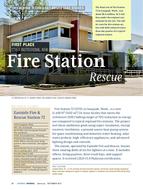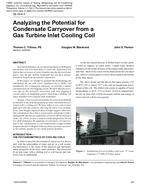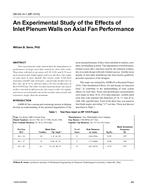Both ventilation and filtration are utilized in buildings in order to improve indoor air quality (IAQ). In this study, the effects of ventilation and filtrationwere explored, as well as the interaction between the two. We developed a series of whole building simulations modeled after a typical office building,including semi-transient energy simulations in multiple climate zones using EnergyPlus and a semi-transient mass balance IAQ analyses consideringpollutants of outdoor origin (namely CO, NO2, O3, and PM2.5) under a series of ventilation and filtration combinations. All simulation results weremonetized and summed to form a combined energy-IAQ-filter cost function. The results were then used to fit an empirical function whose inputs includedventilation rate and filter parameters. We assessed the empirical cost function with respect to its parameters. At low filter efficiencies, the cost associatedwith the impact of IAQ was dominant, being an order of magnitude higher than energy cost. This cost was significantly reduced at high filter efficiencies.As the efficiency of filtration increased, the effect ventilation had on the overall cost function decreased, and was even negative at points, indicating a netbenefit for increasing ventilation. We also showed how doubling ventilation from minimum 8.5 L/s/occ (18 CFM/occ) can increase the efficacy offiltration by a factor of ~1.20, while tripling it can increase the efficacy of filtration by a factor of ~1.35, under our model assumptions.
Citation: ASHRAE and AIVC IAQ 2016 Conf
Product Details
- Published:
- 2016
- Number of Pages:
- 8
- Units of Measure:
- Dual
- File Size:
- 1 file , 1.3 MB
- Product Code(s):
- D-2016IAQ-35


